How to keep your bones healthy: The major factors that affect bone growth and maintenance
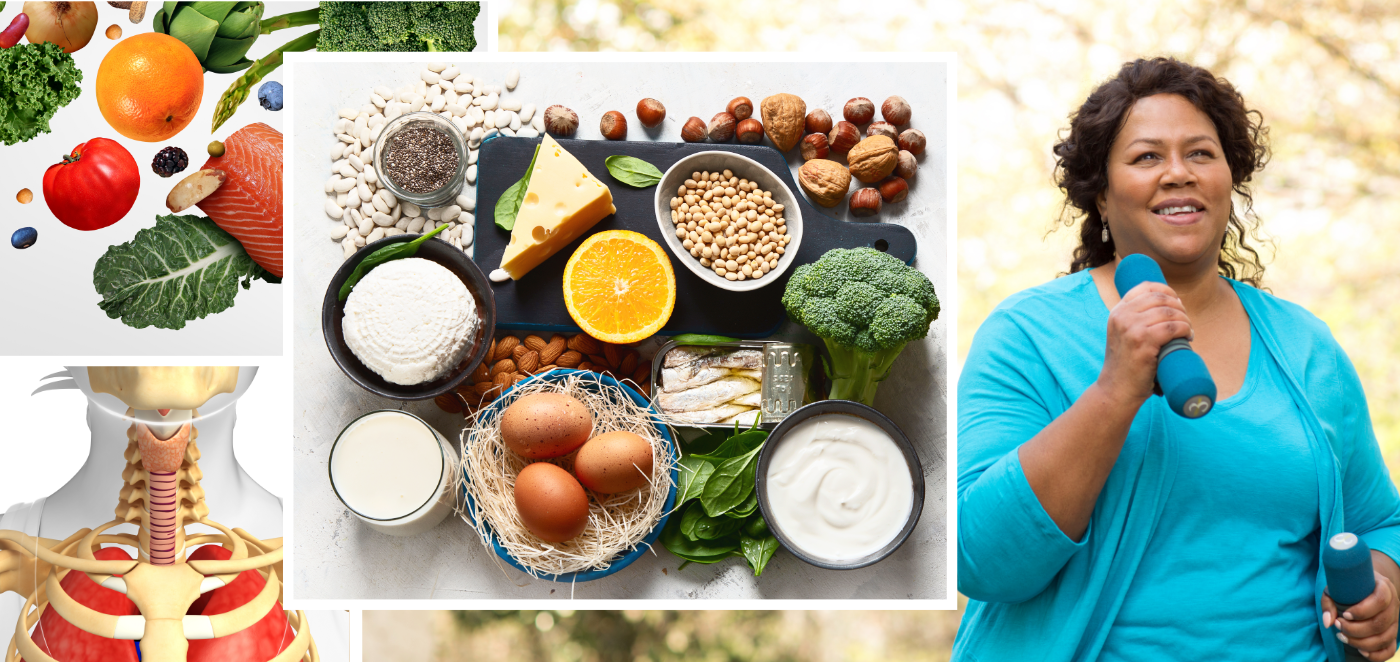
I was eight years old when the Chernobyl nuclear reactor blew up. We lived very far away from the site, but I remember a lot of commotion among the adults of my family in the aftermath of the disaster. The government had ordered my dad (along with many other men from all over the country) to go to the site to clean it up. My dad was eventually spared because he had three young children. The true scale of damage to the health of people who were exposed to radiation during the explosion, the reactor meltdown, and the cleanup process continued to unfold for many decades after the disaster. Among other things, the very ability of our skeletal system to regularly regenerate itself was turned against the body. Radioactive components released during the reactor meltdown entered people’s bloodstreams as heavy metal ions. Since osteoblasts (the cells that build bones) don’t differentiate between calcium and heavy metal ions, the toxic ions were deposited into the bone matrix of exposed individuals during the normal remodeling process. Their bones have become radioactive and, over time, resulted in cases of leukemia and other cancers.
Luckily, most of us will never be exposed to harmful levels of radiation (thank goodness), but other heavy metals are of concern to us because of residential or occupational exposure. The most common ones are arsenic, lead, mercury, cadmium, chromium, aluminum, and iron. These heavy metals are commonly found in the environment and diet. In small amounts, they are required to maintain good health, but they can become toxic or dangerous in larger quantities. Metal intoxication harms various layers of human health, including the skeletal system, because heavy metal ions can settle or “bioaccumulate” in hard and soft tissues and organs, which means that they stay in the body for a while. For example, if someone was exposed to high lead levels as a child, it might still be held in their bones. During an intense transitional time, like menopause, when the body goes through large-scale skeletal remodeling, lead could be released from bone into the bloodstream and begin to cause trouble. The presence of heavy metals can alter different physiological systems depending on metal type and concentration (read more about specific heavy metals, their sources, and their effect on humans > If you experience similar symptoms to those listed in the article, talk to your doctor about getting tested.)
However, heavy metal toxicity is just one piece of a much larger puzzle. Normal bone growth and maintenance depends on the following major factors:
- How much and what kind of calcium you consume. Calcium is vital for many functions in the body, including skeletal mineralization, blood clotting, conduction of nerve impulses, enzyme activity, muscle contractions, the activity of cardiac muscle cells, and others. Since calcium concentrations are critical to many physiological functions, the body controls them very tightly and doesn’t allow much fluctuation. If the body doesn’t get a daily supply of calcium from the diet, it will take calcium out of bones. It is much easier for the body to process and absorb the calcium contained in food rather than supplements.
- How well your thyroid and parathyroid glands work. Balanced levels of calcium ions are achieved by a pair of hormones with opposing effects. The parathyroid gland releases a parathyroid hormone that works to increase blood calcium levels. The thyroid gland secretes calcitonin which acts to decrease calcium ion concentrations. They work on three target sites: the bones (by regulating how much bone gets recycled and how much gets rebuilt), in the digestive tract (by regulating the rate of intestinal absorption of calcium ions), and in the kidneys (by controlling how much calcium ions gets excreted). High or low levels of these hormones can adversely affect bone strength and density.
- How much time you spend outside. Vitamin D3 helps maintain blood calcium levels by increasing calcium absorption within the digestive tract and helping to extract calcium from bones if necessary. Vitamin D can be synthesized in the skin (by being exposed to sunlight) or absorbed from the diet.
- How nutritious your diet is. Vitamins C, A, K, and B12 affect bone structure and osteoblast activity. They are essential for bone health and decrease the risk of fractures. They are abundant in vegetables, leafy greens, eggs, lean meats, fish, grains, and nuts. It’s best to get your vitamins from your diet if you can.
- How much stress you are under. Stress hormones mess up calcium production and delivery. They set the bones on the path of disintegration rather than growth. They disrupt calcium supply to bones and block the absorption of calcium you get from food within the intestines. They also increase the excretion of calcium by the kidneys. That is why prolonged chronic stress is detrimental to bone health.
- How much you load your bones. Your bones respond to stresses that are placed on them. If loading on a bone increases, over time, the bone will remodel itself to become stronger and withstand the challenge. Gravity and muscular stimulus are the two most important forces that strengthen the bones. The more powerful your muscles are, the more they pull on bones, the stronger your bones become. We will investigate what it means for our yoga practice in the follow-up posts.
- Where you are in your life stage. During childhood, growth hormone produced by the pituitary gland stimulates bone growth throughout the body. At puberty, rising levels of sex hormones (mainly estrogen and testosterone) stimulate osteoblasts to produce bone faster. The process slows down by age 25 when the skeleton is fully formed. Sex hormones continue to maintain normal rates of bone deposition throughout the lifetime. With age, as the hormonal levels naturally decline, the risk of osteoporosis goes up. Over age 45, an estimated 29% of women and 18% of men have osteoporosis. In women, this condition tends to accelerate after menopause because of the decline of circulating estrogens. Men continue to produce testosterone until later in life; that is why severe osteoporosis is less common in men over 60 than in women of the same age.
- What kind of medications you are taking. Many medications can affect the condition of your bones. Some of them can cause bone loss, some may increase the risk of a fall, and some may increase the chance of breaking a bone. Sometimes you have to take one of these medicines. If that’s the case, you would need to pay special attention to the condition of your bones and take other steps to protect them.
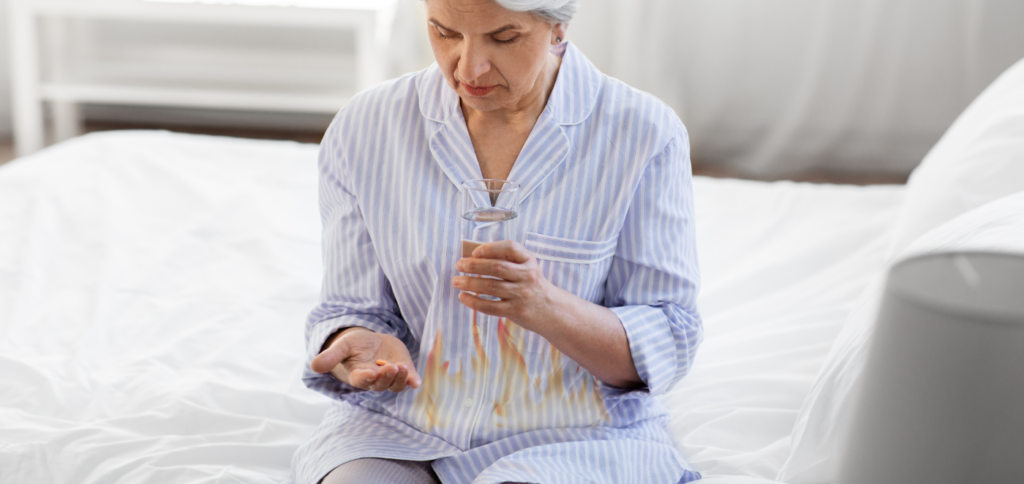
A major factor that leads to bone degradation and how Ayurveda can tame it
References
- Fundamentals of Anatomy & Physiology by F. Mattini, J. Nath, and E. Bartholomew (affiliate link)
- The Whole-Body Approach to Osteoporosis: How to Improve Bone Strength and Reduce Your Fracture Risk by K. McCormick (affiliate link)
- Yoga for Osteoporosis: The Complete Guide by L. Fishman and E. Saltonstall (affiliate link)
- Why Zebras Don’t Get Ulcers: The Acclaimed Guide to Stress, Stress-Related Diseases, and Coping by R. Sapolski (affiliate link)

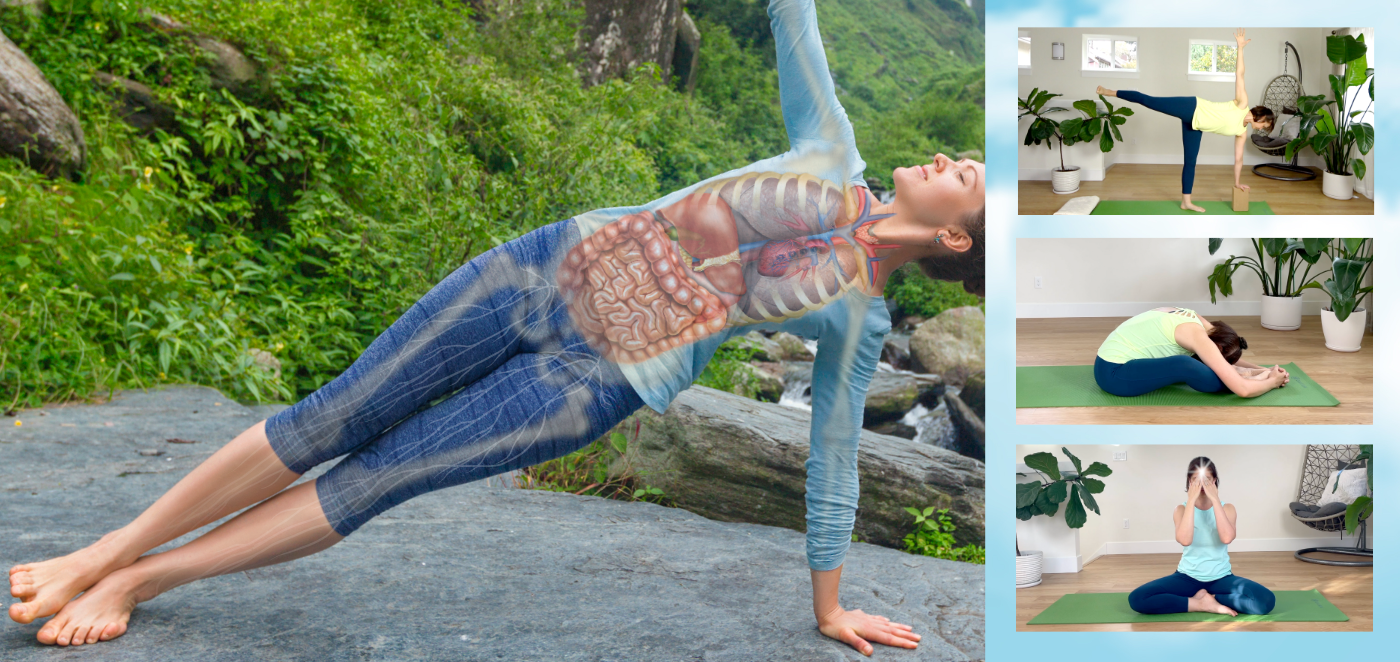

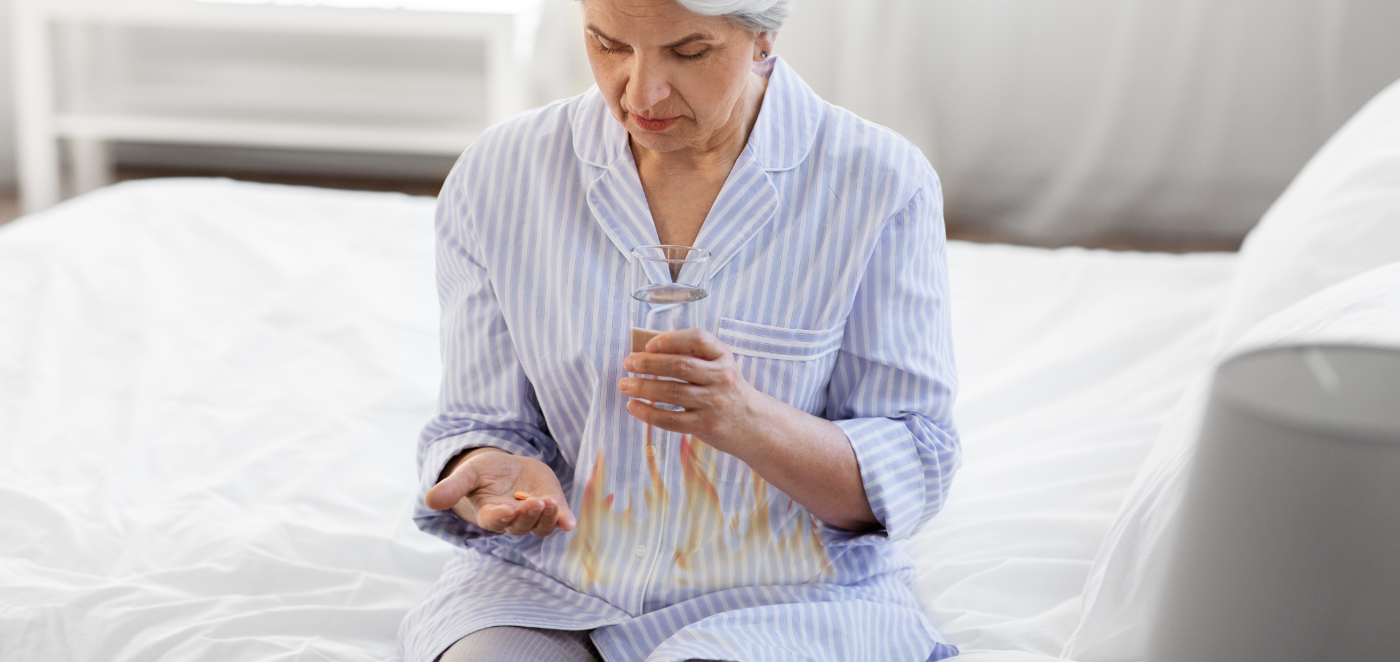



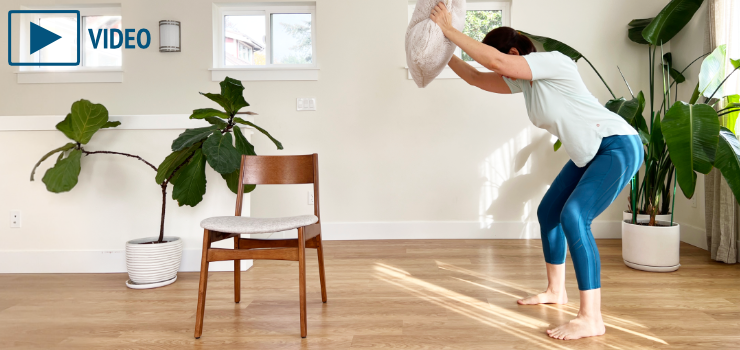
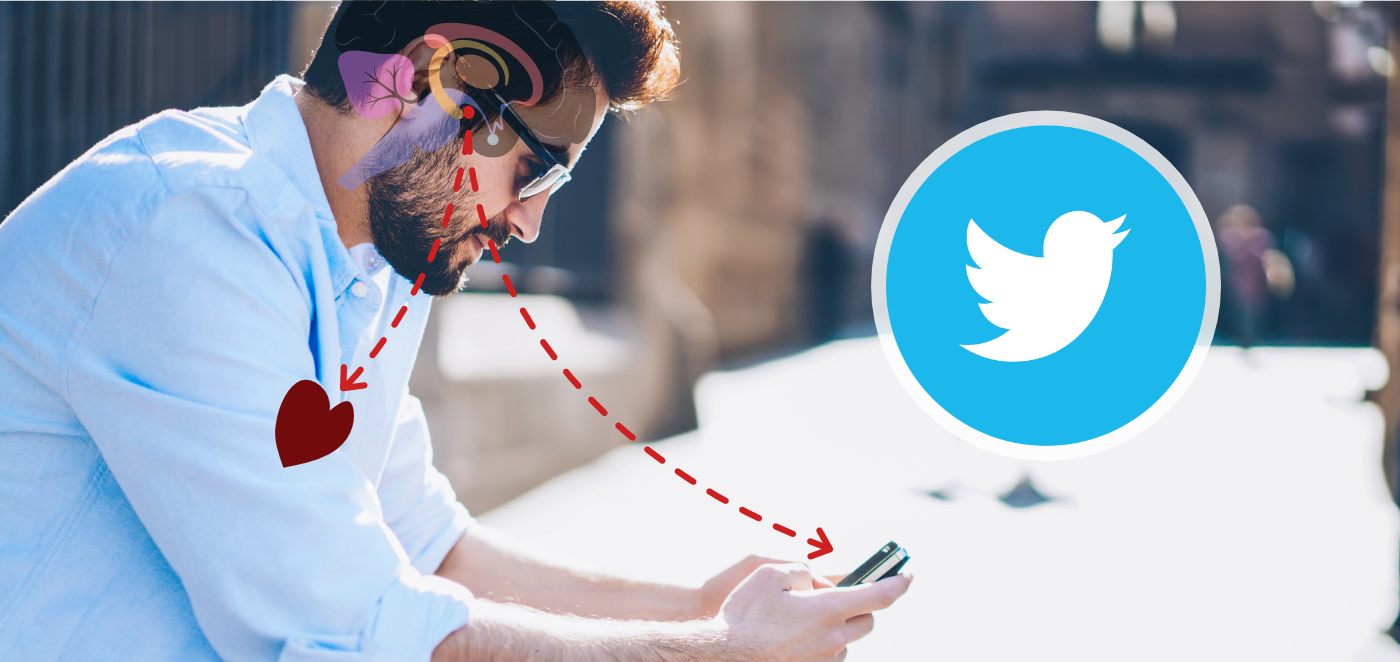
This is fascinating on a personal level as I am post menopausal and have higher levels of chromium following metal on metal hip resurfacing surgery 15 years ago.
How curious Julie, and it makes sense.
¡Muchas gracias Olga! Muy interesante lo de la intoxicación por metales pesados. Deseando que llegue la próxima entrega con lente ayurvédica.??
¡Gracias Ana! ¡Espero que les guste la siguiente publicación!
Excellent article with helpful information and actionable advice that’s never been explained to me in this detail by my medical team or handbooks on cancer therapy. I also appreciate your sharing your personal experience. Solid and credible article in every respect.
Thank you, Susan! There is so much information about bone health out there, it can be hard to synthesize it and make it actionable. I am so glad to hear that my article made sense to you!